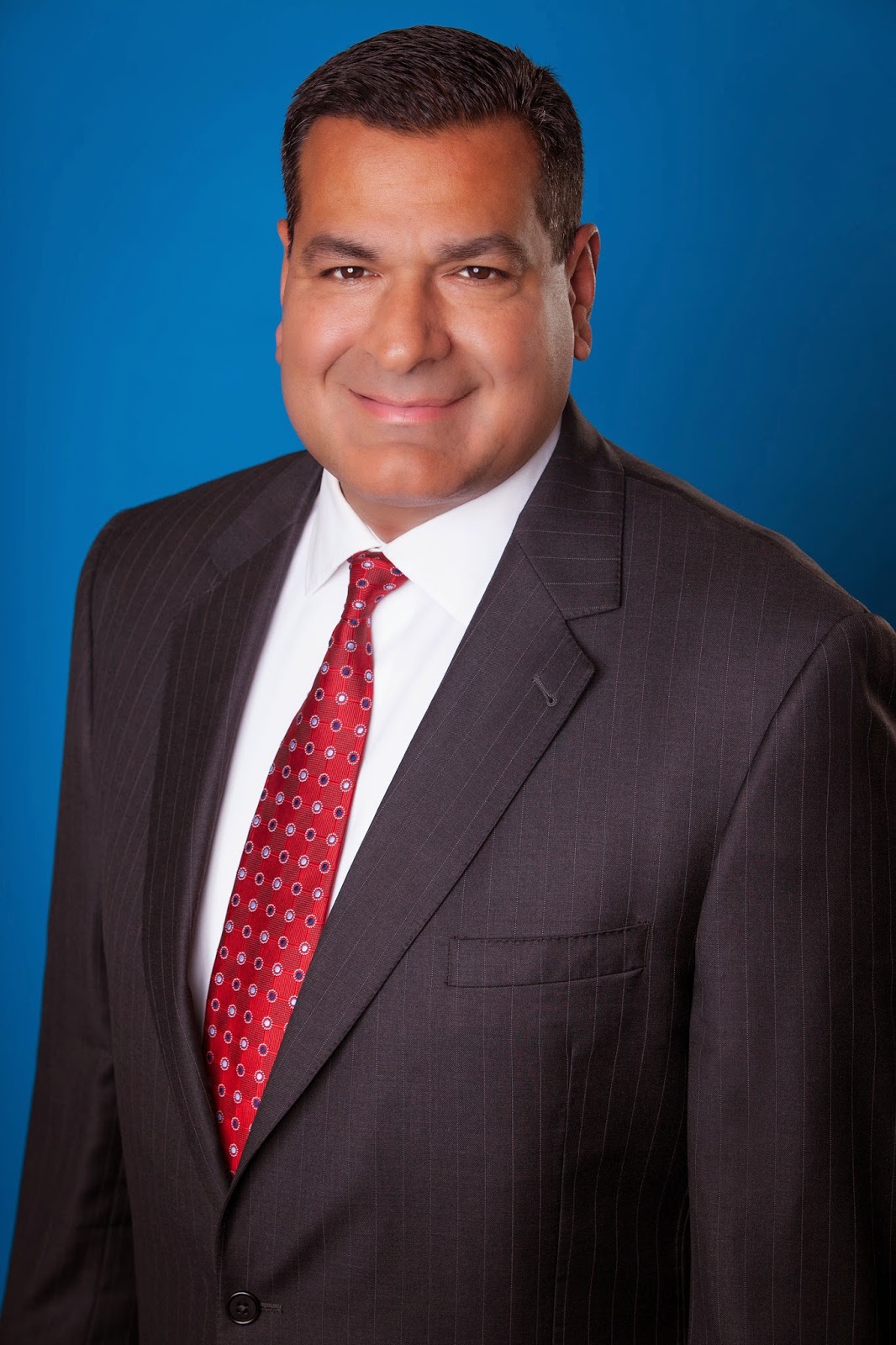Dr. Anikar Chhabra has accepted an opportunity to continue to pursue his academic endeavors as the Clinical Professor with Mayo Clinic in Arizona. The physicians and staff at TOCA hold in high esteem the clinical and professional talent and dedication that Dr. Chhabra has brought to TOCA for the last seven plus years. TOCA is proud to continue a relationship with Dr. Chhabra through his continued participation with the Banner Good Samaritan/TOCA Orthopedic Sports Medicine Fellowship Program. Congratulations Dr. Chhabra!
"Over the past several weeks, I have been saying my goodbyes to my TOCA colleagues, physicians, staff and to my patients. As most of you know, I have accepted a position as the Director of Sports Medicine at Mayo Clinic Arizona. I believe that teaching and research are keys to the future success of medicine. Since my new position will allow me to educate our future physicians and give me the satisfaction of building a sports department, I could not turn down the offer.
I am very proud of what I have accomplished as a member of TOCA over the last 8 years. In addition to taking care of patients to the best of my ability, we have had an integral role in educating residents and fellows, successfully cared for teams at all levels, and advanced sports medicine not only in Phoenix, but also nationally. I could not have done these things without the support of the other TOCA physicians and staff. I am forever thankful to my mentors at TOCA for teaching me how to be a successful Orthopedic surgeon and to "take care of patients the right way." I truly believe the physicians at TOCA are some of the best in the country and am honored to have had the chance to work with them.
In pursuing my new endeavor, I am honored to continue my partnership with TOCA in education, research, and patient care in the future. To my patients, staff at TOCA, and my partners, I am forever thankful to you for helping me develop as a person and Orthopedic Surgeon."
- - Anikar Chhabra, MD MS
#RESULTS.RECOVERY.RELIEF.
TOCA
602-277-6211












